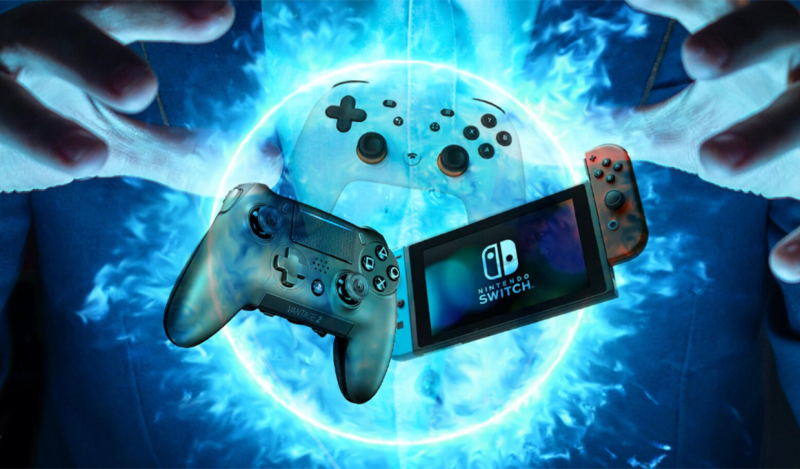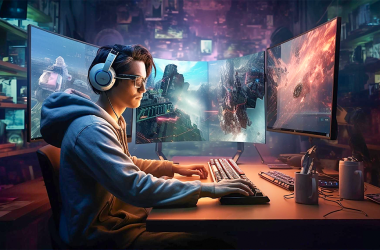The gaming industry, a dynamic realm even in regular times, has experienced an unprecedented surge in hype and innovation, especially in the aftermath of the global pandemic. As people sought solace and connection during lockdowns, gaming emerged as a powerful medium, transforming and elevating the industry to new heights. Let's dive into the waves of hype and innovation that have defined the gaming landscape post-pandemic.
Exponential Growth in Player Base:
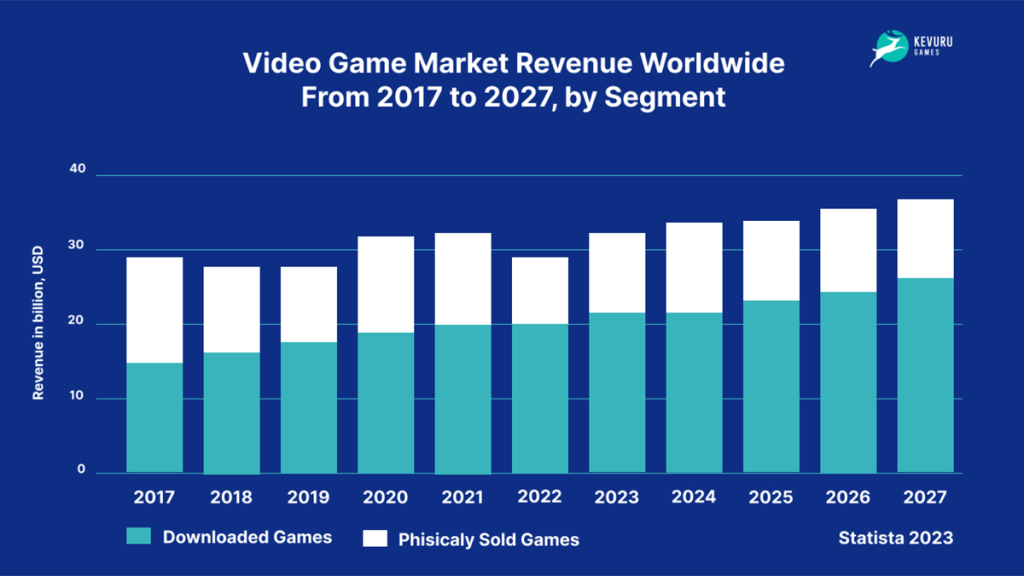
The pandemic triggered a significant increase in the number of gamers worldwide. Gaming has become a go-to entertainment and social interaction source, with people spending more time indoors. The industry witnessed a surge in casual and dedicated players, expanding its player base to include individuals from various age groups and backgrounds.
Rise of Cloud Gaming:

Cloud gaming has become a buzzword, revolutionizing how games are played and accessed. Streaming services like Google Stadia, Microsoft xCloud, and NVIDIA GeForce Now allow players to access high-quality games without expensive hardware. This innovation not only enhances accessibility but also paves the way for gaming on various devices, including smartphones and smart TVs.
Metaverse Mania:
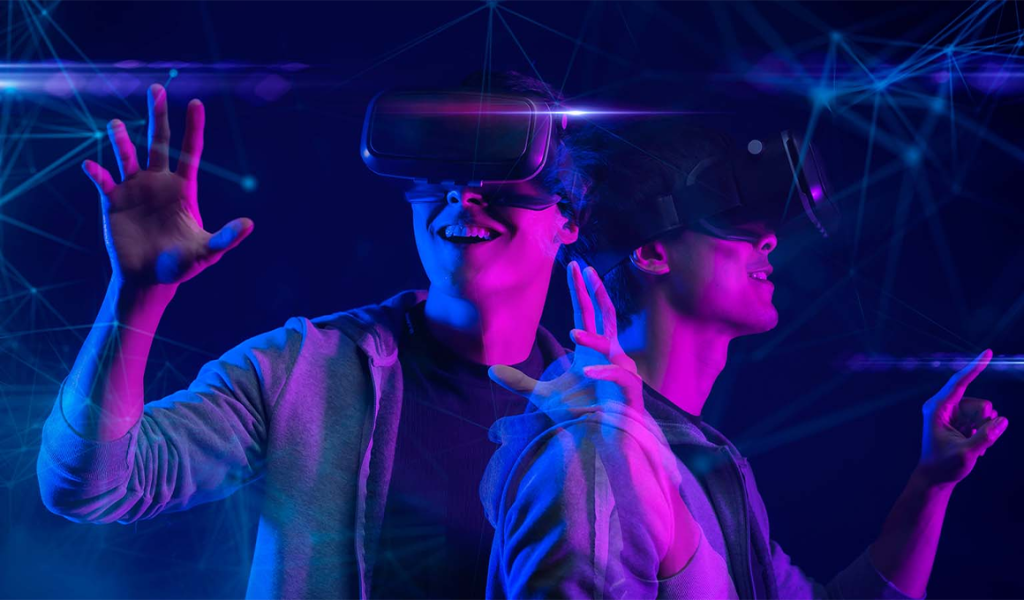
The concept of the metaverse, a virtual universe where users can interact with a computer-generated environment and other users, gained substantial traction. Gaming platforms evolved into more immersive spaces, blurring the lines between gaming, socializing, and even commerce. Virtual concerts, events, and marketplaces within games became commonplace, enhancing the overall gaming experience.
Innovations in Augmented and Virtual Reality:
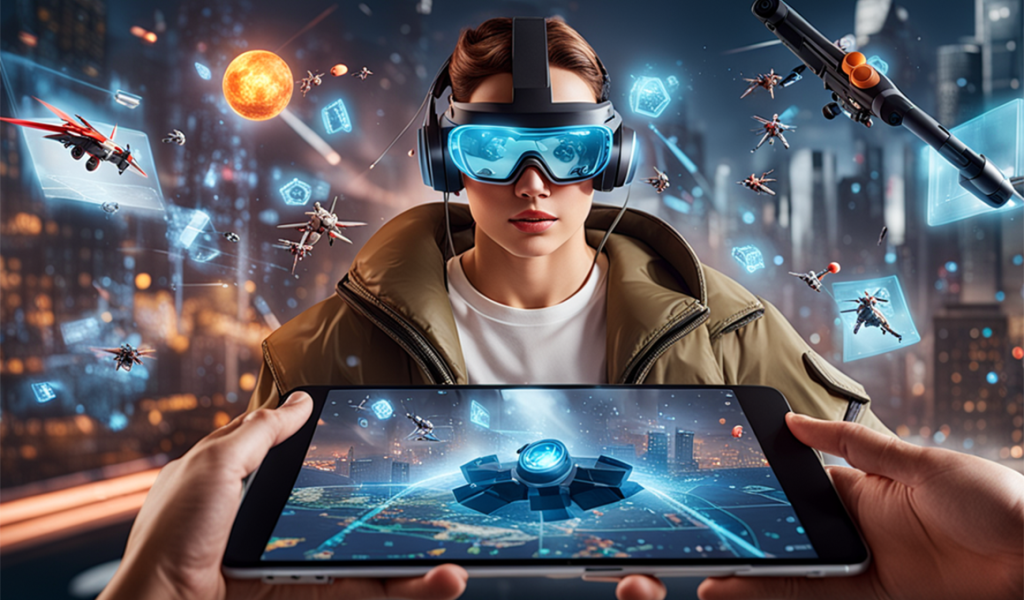
Advancements in augmented reality (AR) and virtual reality (VR) technologies have sparked a wave of innovation. VR headsets like the Oculus Quest 2 and augmented reality applications are changing how players experience games. From immersive storytelling to interactive simulations, these technologies are pushing the boundaries of what's possible in gaming.
E-Sports on the Main Stage:
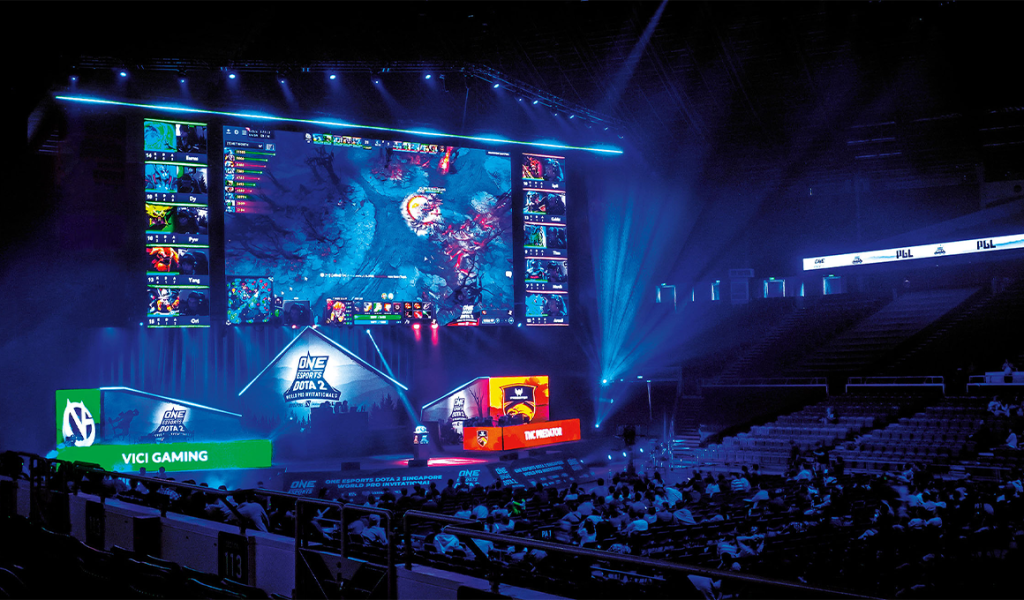
The e-sports scene, already gaining momentum before the pandemic, skyrocketed in popularity. With traditional sports on hold, e-sports tournaments took center stage, attracting a massive global audience. Major investments, sponsorships, and collaborations with traditional sports leagues have elevated e-sports to new heights, solidifying its status as a mainstream form of entertainment.
NFTs and Blockchain in Gaming:
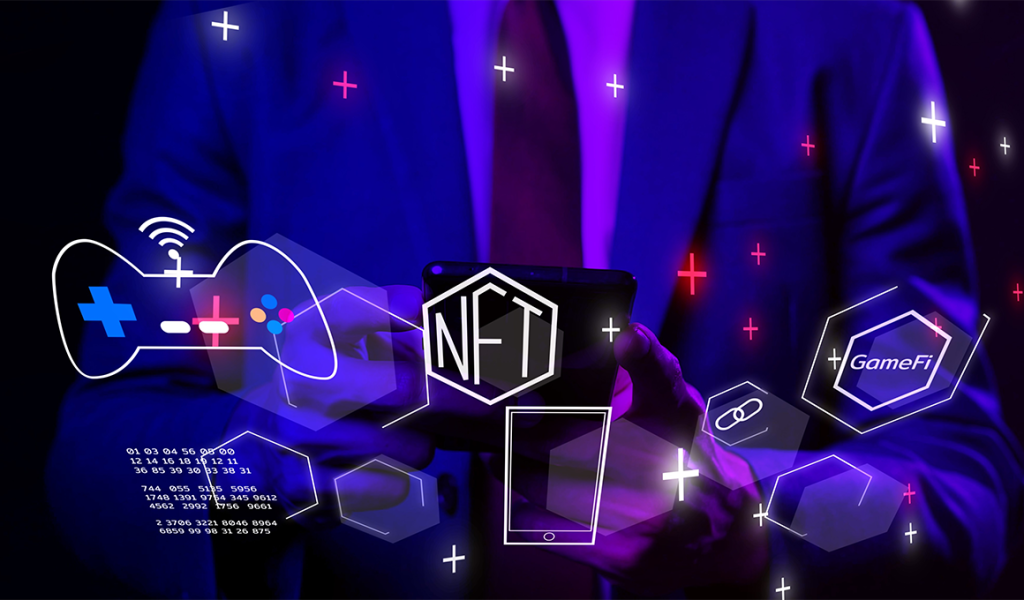
Non-fungible tokens (NFTs) and blockchain technology have entered the gaming landscape, offering new possibilities for ownership and in-game assets. Players can buy, sell, and trade digital assets securely, creating unique game monetization and personalization opportunities.
Sustainability in Gaming:

There's a growing emphasis on sustainability within the gaming industry. Companies are increasingly adopting eco-friendly practices in game development and hardware production. The push for more energy-efficient gaming consoles and environmentally conscious initiatives is gaining momentum, reflecting a broader trend toward responsible gaming.
Diverse and Inclusive Content:
The call for diversity and inclusion has reverberated through the gaming industry. Game developers are creating more inclusive narratives, diverse characters, and representation in single-player and multiplayer experiences. This cultural shift reflects a commitment to making gaming spaces welcoming and relatable to a broader audience.
The gaming industry's post-pandemic journey is characterized by unprecedented growth, technological leaps, and a heightened focus on inclusivity and sustainability. As we navigate this ever-evolving landscape, the waves of innovation continue to shape a future where gaming is not just a form of entertainment but a dynamic and immersive cultural force.
Exploring the Nexus: Gaming and Mental Well-being
In the fast-paced digital era, the gaming world is a dynamic realm where pixels meet emotions. As players immerse themselves in intricate virtual landscapes, the impact on mental health becomes an intricate tapestry of positive and negative threads.
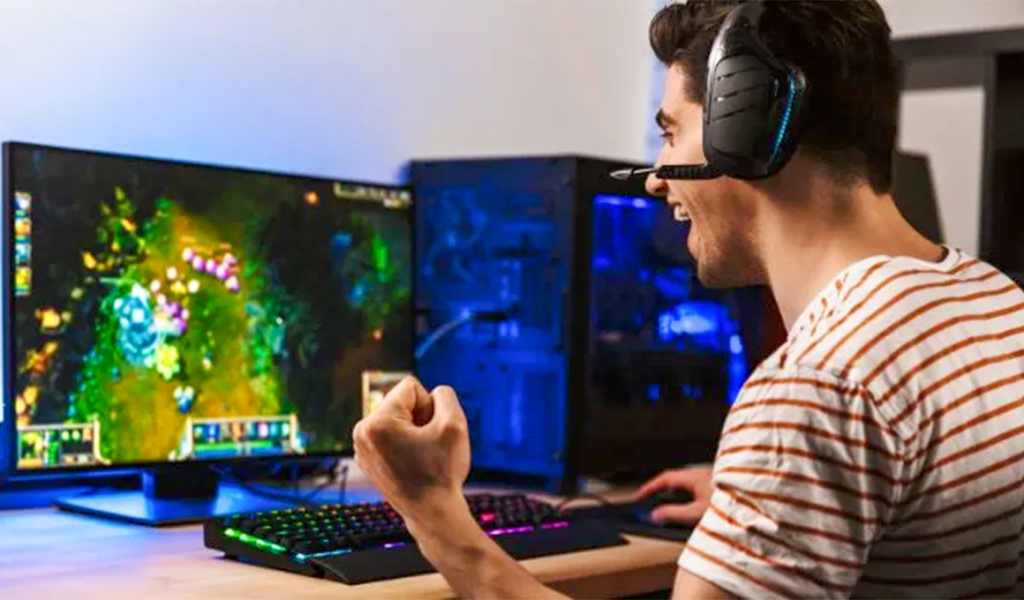
In the ever-expanding realm of virtual experiences, gaming has emerged as a captivating force that entertains and challenges. As we delve into the pixelated landscapes of virtual worlds, examining the intricate relationship between gaming and mental health becomes crucial and, more importantly, finding the delicate balance that ensures a positive impact on our well-being.
The Power of Play: A Source of Joy and Relaxation
Digital Escapism:
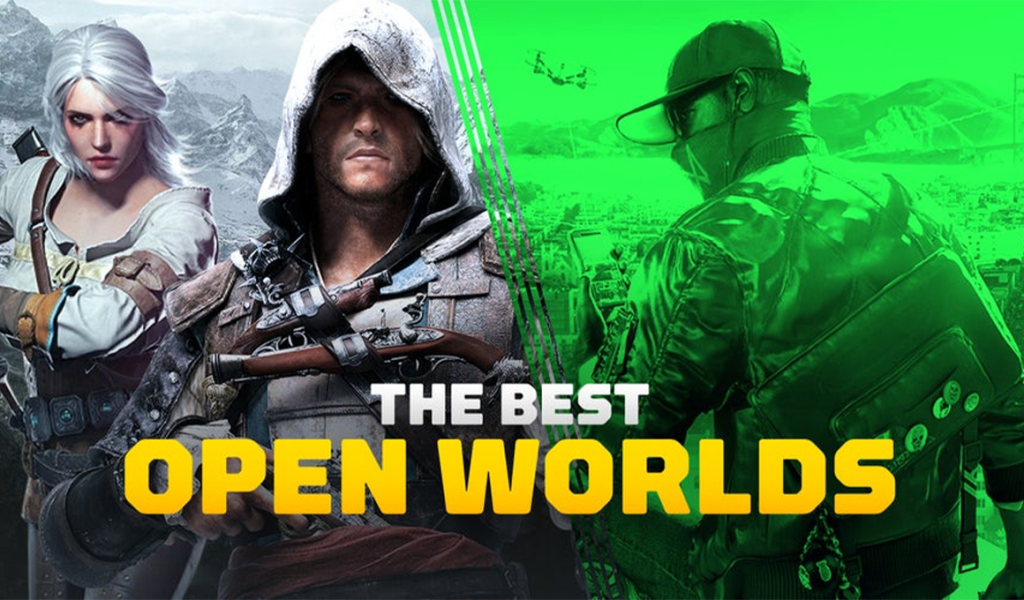
Gaming provides a unique avenue for escaping the stresses of everyday life. The immersive nature of virtual worlds allows players to step into alternate realities, offering a temporary reprieve from real-world pressures and anxieties.
Social Connections in Cyberspace:
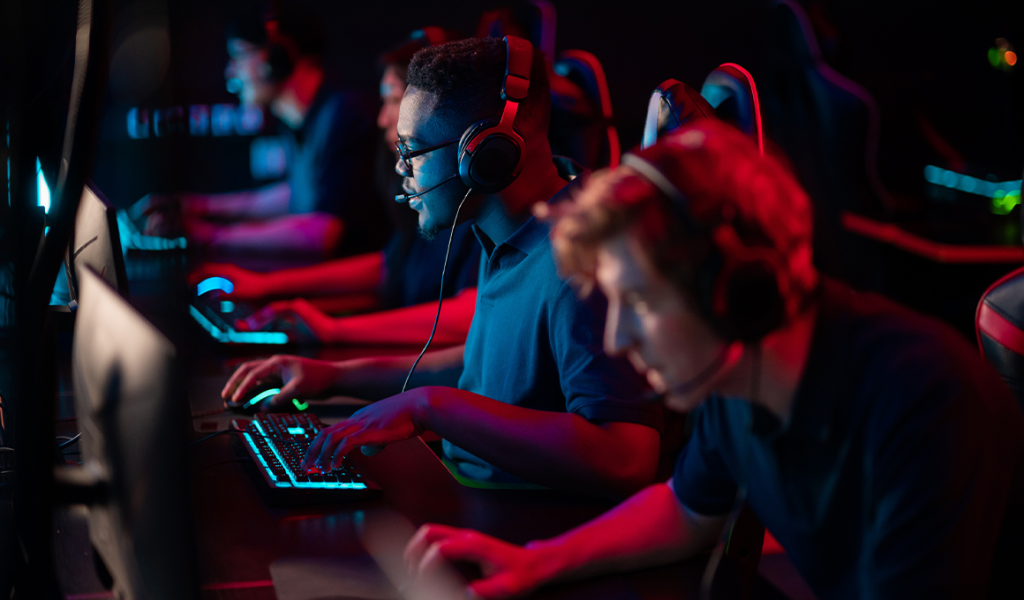
The virtual realm is not a solitary space. Online multiplayer games facilitate social interactions, enabling individuals to connect, collaborate, and build friendships across geographical boundaries. These virtual connections can be a source of companionship and emotional support.
Cognitive Stimulation:
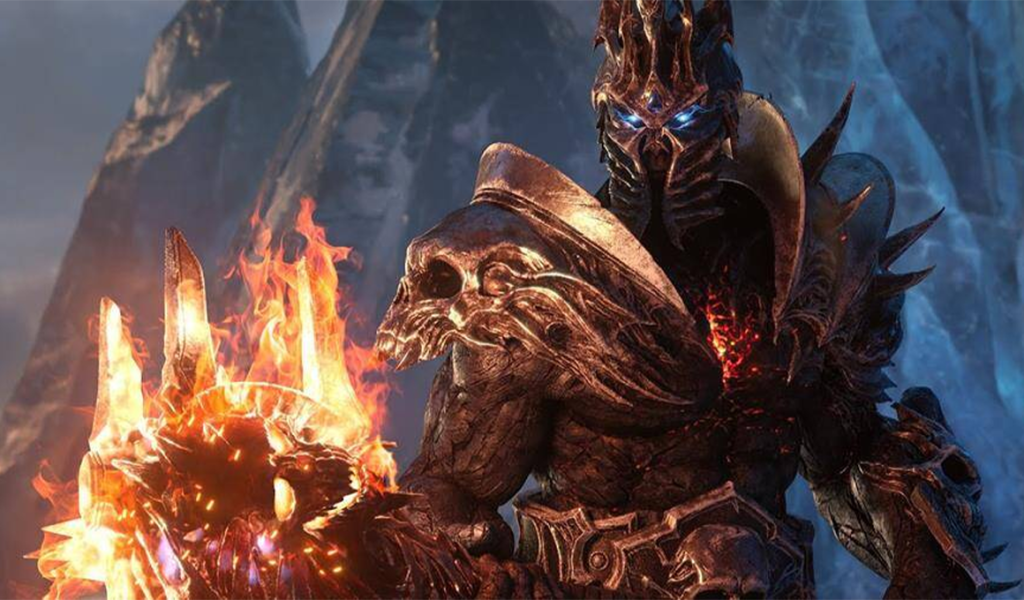
Gaming often involves complex challenges that require strategic thinking, problem-solving, and quick decision-making. Such activities can stimulate cognitive functions, enhancing memory, attention, and multitasking skills.
Shadows in the Code: Recognizing Potential Risks
The Abyss of Excessive Gaming:
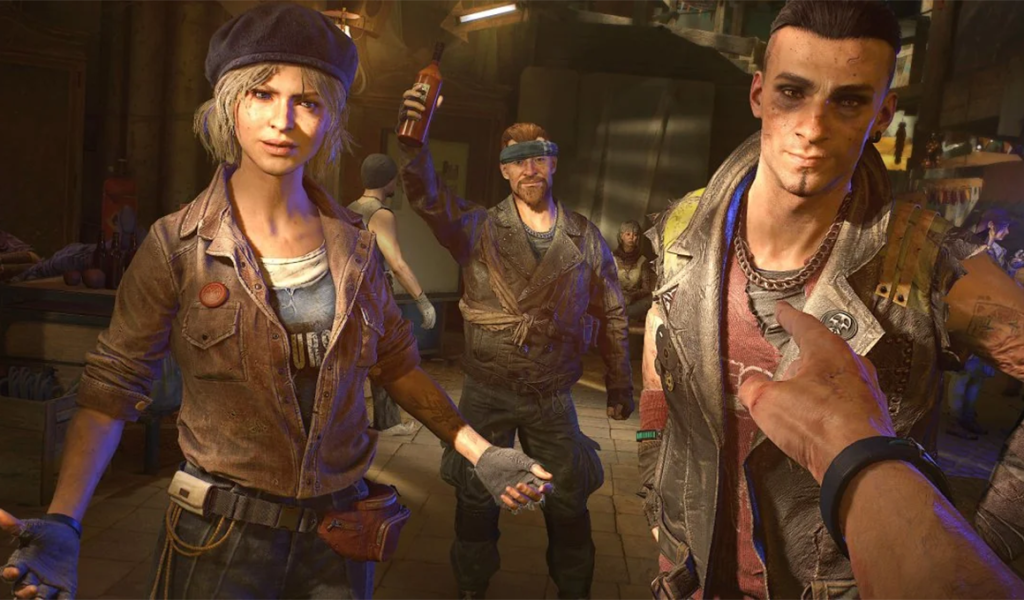
While gaming can be a source of joy, it is essential to acknowledge the potential for addiction. Excessive gaming, characterized by neglect of real-world responsibilities and a loss of control over gaming habits, can have detrimental effects on mental health, leading to increased stress and anxiety.
Balancing the Real and Virtual:
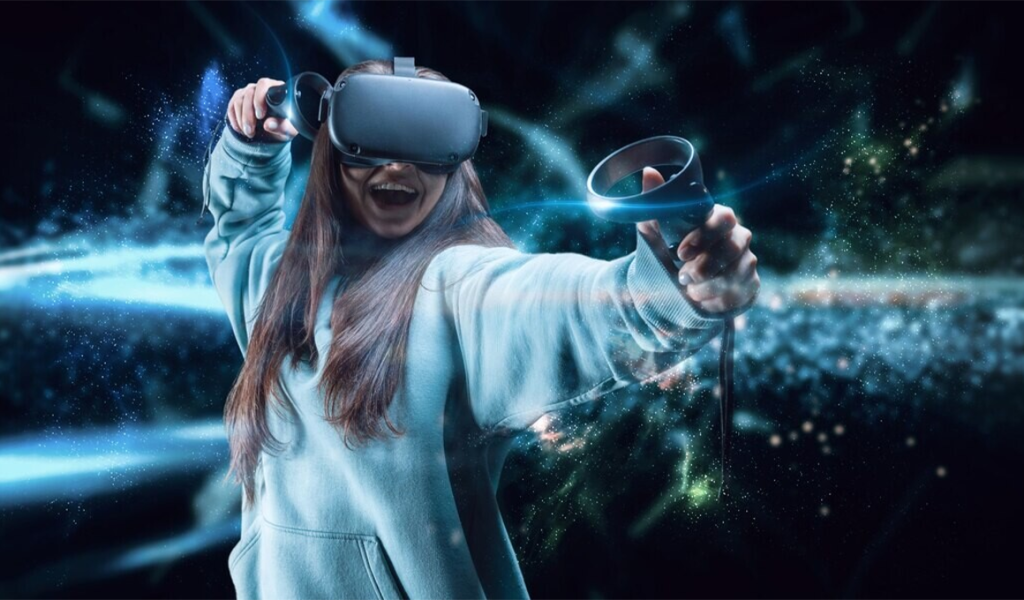
Finding the right balance between virtual engagement and real-life activities is crucial. Excessive time in the virtual world may contribute to social isolation and impact physical health. It's important to prioritize a healthy balance between gaming and other aspects of life.
Navigating Virtual Violence:

The content of some games, particularly those featuring violence, has raised concerns about its potential impact on mental health. While research on this topic is ongoing, individuals must be mindful of their emotional responses to virtual content and make informed choices about the games they engage in.
Crafting a Balanced Gaming Experience
Self-Awareness and Reflection:
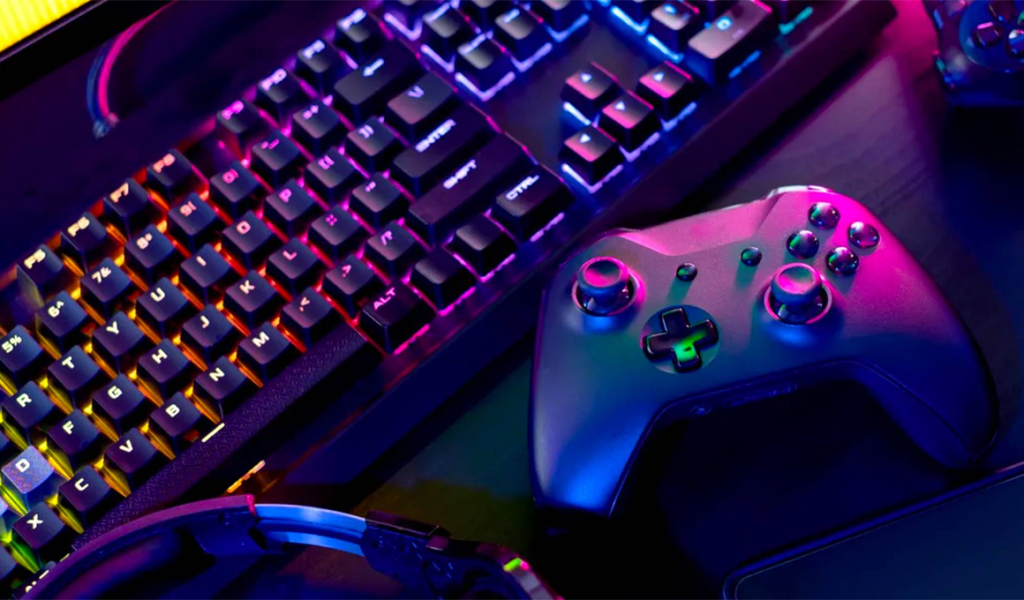
Understanding one's gaming habits, motivations, and emotional responses is the first step toward a balanced gaming experience. Regular self-reflection can help individuals identify signs of excessive gaming or emotional distress.
Setting Boundaries:
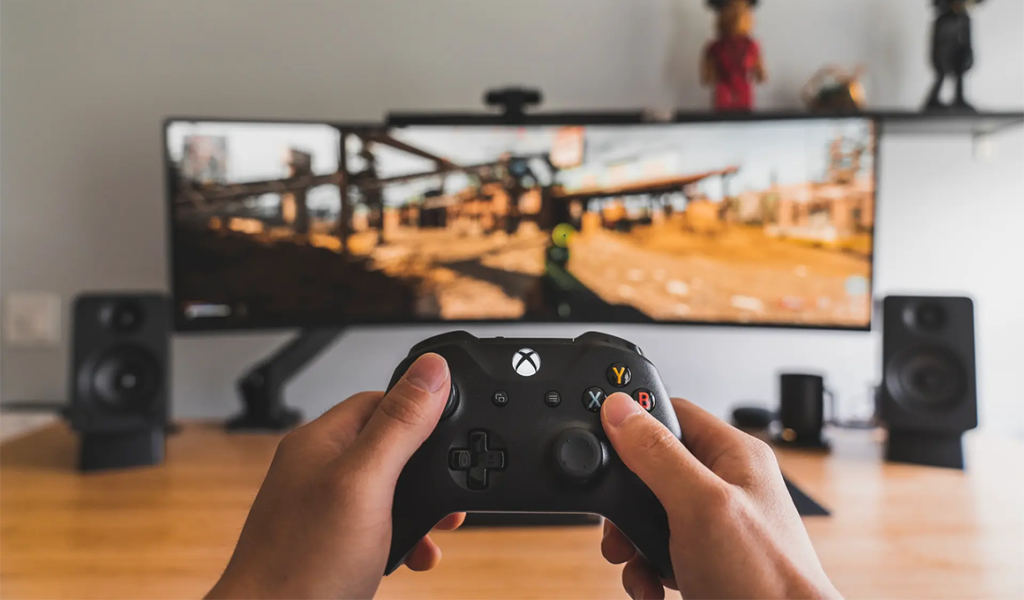
It is crucial to establish clear boundaries for gaming time and balance it with other activities, such as exercise, social interactions, and work or study commitments. Setting limits can help prevent the negative impact of excessive gaming on mental health.
Seeking Support:
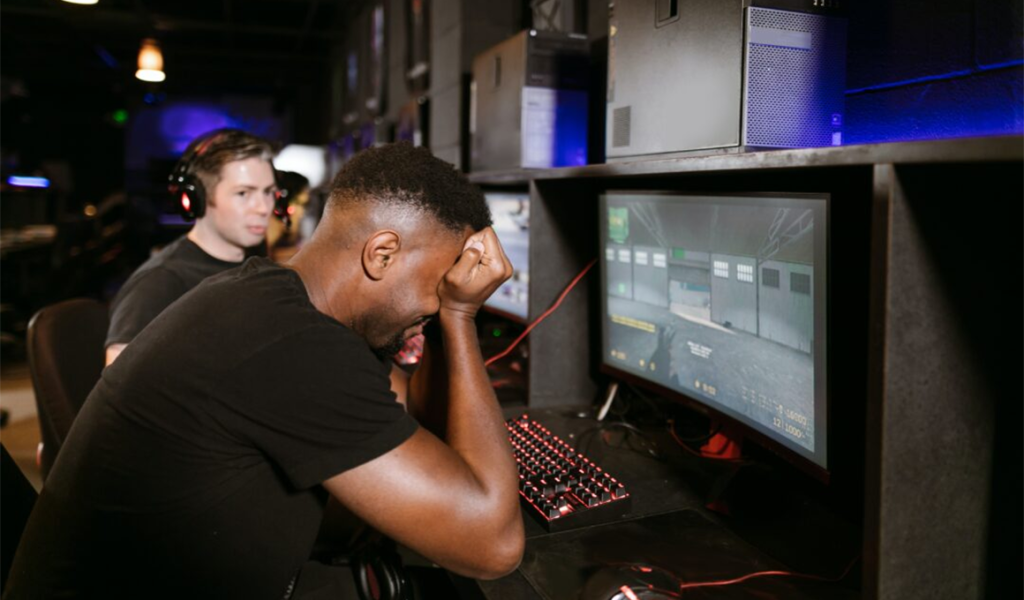
If concerns about gaming habits or mental well-being arise, seeking support from friends, family, or mental health professionals is essential. Open communication and understanding can contribute to a healthier relationship with gaming.
Finding the Balance Between Gaming and Mental Health
The Positive Threads
Stress Relief in Pixels:
![]()
Gaming, for many, isn't just a pastime; it's a refuge. A virtual sanctuary where the stresses of the real world momentarily fade away. The ability to escape into a meticulously crafted universe can be a balm for the mind, offering a break from the demands of daily life.
Pixels Fostering Social Bonds:
![]()
Multiplayer online games have evolved beyond mere competition. They serve as digital hubs where individuals come together, separated by physical distances. Online communities provide a sense of belonging, combating feelings of isolation that can plague mental health.
Pixelated Cognitive Boost:
![]()
Strategic thinking, problem-solving, and lightning-fast decision-making are the currencies of many games. These activities stimulate cognitive functions, promoting mental agility and keeping the mind sharp.
Pixel Art of Creativity:
![]()
The gaming canvas isn't limited to quests and battles. Many games unleash the power of creativity and imagination. Whether building virtual empires or crafting intricate storylines, gamers can channel their artistic energies in ways that extend beyond the screen.
The Negative Threads
Pixelated Chains of Addiction:
![]()
For some, the allure of the gaming world becomes a captivating force that transcends healthy engagement. Gaming addiction can have severe consequences, leading to neglect of real-life responsibilities and a spiraling detachment from reality.
Isolation in the Pixelated Shadows:
![]()
While gaming communities can be vibrant, a darker side emerges when virtual interactions replace real-world connections. Excessive gaming can lead to physical isolation, contributing to a decline in overall well-being.
Pixels of Violence and Aggression:
![]()
Not all pixels paint serene landscapes. Some depict violent and graphic content that, when consumed excessively, might influence behavior negatively. The debate on the correlation between violent video games and aggression remains a contentious issue.
Navigating the Pixelated Landscape
As we navigate the pixels of the gaming world, it's crucial to strike a balance. Like any powerful tool, gaming's impact on mental health depends on how it's wielded. Moderation, self-awareness, and understanding one's relationship with gaming are key. As the gaming landscape evolves, so must our conversations about its effects on our mental well-being.
So, fellow gamers and observers, let's embark on this quest to unravel the intricate connection between gaming and mental health. The pixels await, and the journey promises both challenges and discoveries.




